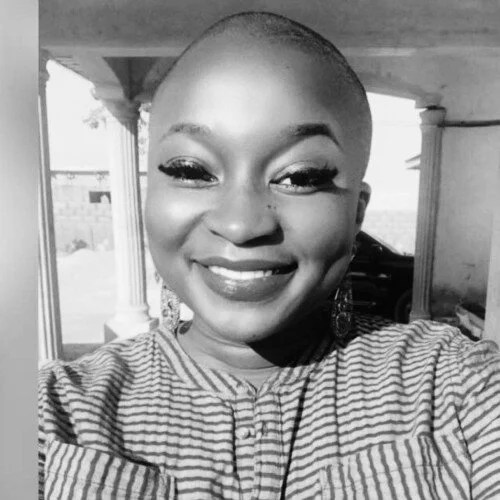The Emotional Reality of a Simple Flag
/Guest blog by Phillip Nguyen
So, here the story goes. The Caucasian owner of a local grocery has lots of Vietnamese-American customers. To show his appreciation, he decides to put up a Vietnamese flag along with the other international flags on display in the store. He googles the flag, orders one online, and puts it up upon delivery. Instead of appreciation, however, he is confronted with a crowd of angry Vietnamese customers, mostly elders, demanding the flag be taken down immediately.
Stories like this happen across the entire United States. Just last week, two Vietnamese-American parents showed up at their West Michigan elementary school, insisting the Red and Yellow star flag of Vietnam be removed from the school gym and replaced with the Yellow and Three Stripes.
The purpose of this article is to help Americans understand what is at issue and to prevent it from happening again. The two stories mentioned above were peacefully resolved, but others, as highlighted in this article, were not.
So what is the problem? As a Vietnamese American and as the elected president of a large Vietnamese American Community in West Michigan, I have dealt with this more than once.
The Red and Yellow star flag below is the only flag of Vietnam recognized by the United Nations since the communist North took over the Republic of South Vietnam in April 1975. That month is recognized by exiled South Vietnamese citizens as “Black April.”
The vast majority of the 1.8 million ethnic Vietnamese living in the United States today are refugees from the South, who once fought under the Yellow flag alongside American forces against the invading communists from the North. Their resulting mistreatment, imprisonment, and torture by the government representing the Red flag is still vivid in their memories four decades later. Under lobbying by Vietnamese-American groups, most U.S. states, including our State of Michigan, has recognized the Yellow and Three Stripes as the “Vietnamese Cultural and Heritage Flag” for Vietnamese Americans in the state.
For many Americans, it is difficult to grasp these historical issues since Vietnam and the United States of America have had full diplomatic relations since 1995 and are now significant trading partners, as well as forming a military alliance to counter Chinese territorial claims in the South China Sea. Likewise, it’s hard for a university to tell its Vietnamese exchange students they cannot hang up the Red flag of Vietnam on International Student Celebration Days while other international students are hoisting theirs. These same Vietnamese students (many of whom are sons and daughters communist party members in Vietnam) don’t understand the demands of local South Vietnamese activists that the Red flag be removed. Furthermore, how does a company with extensive business ties in Vietnam welcome Vietnamese visitors to its grand local hotel without flying the Red Star flag along with its other international flags? It’s a very difficult issue to navigate, especially for someone who embraces the 1st Amendment as staunchly as I do.
With an issue that has conflicting legal and emotional sides, let me offer a perspective that may help you understand. Despite its official status, most Vietnamese Americans will always oppose the communist Red flag of Vietnam, and here is my analogy. If you are African American, would you be okay seeing a Confederate flag flying across your city “even though” the American Civil War lasted only 4 years and was concluded over 150 years ago? If you were a Jewish American, would you be okay to see the swastika of the Nazi flag flying in your face?
It may be for future generations of Vietnamese Americans that the communist Red flag of Vietnam represents nothing more to them than an abstract and distant governmental symbol. However, it will remain difficult for those who directly experienced imprisonment and torture by the government of the despised flag they had sworn to fight, the government that had stolen their property and created their exile. If this brings some understanding, this article will have served its purpose.
------------------------------
Phillip Nguyen was orphaned as a child in Vietnam and came to the U.S. as a young refugee sponsored by Bethany Christian Services. With only a second grade education, he persevered through language and culture barriers to graduate from high school, later earning a Bachelor’s of business (Western Michigan University) and a Master’s in computer software engineering (Grand Valley State University). He now serves as the elected president of the Vietnamese American Community of Grand Rapids and surrounding region, home to his IT firm, Digital Marketing Solutions, LLC. His life story is shared in this FLYB interview from 2015.





